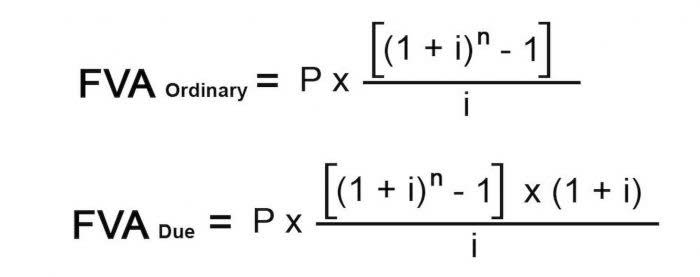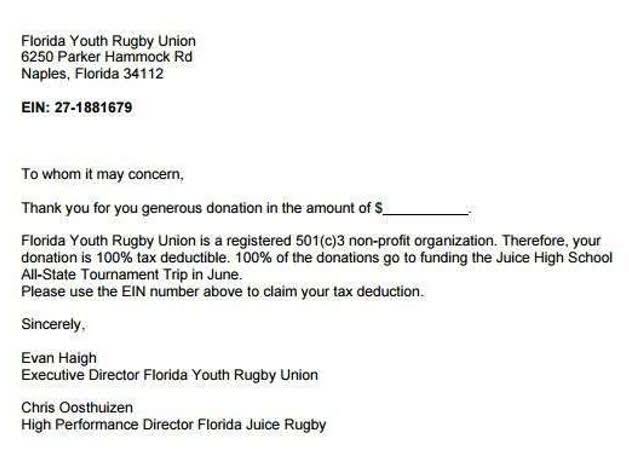
As you see, ACI’s assets increased and its liabilities increased by $7,000. As you can see, ASC’s assets increased and ASC’s liabilities increased by $7,000. So, if you really correct accounting equation understand this equation, the rest of accounting becomes that much easier. A single interface gives you access to all remarkable features, including the ability to add products, services, and inventory.

What is equity?
If the net amount is a negative amount, it is referred to as a net loss. Fees earned from providing services and the amounts of merchandise sold. Under the accrual basis of accounting, revenues are recorded at the time of delivering the service or the merchandise, even if cash is not received at the time of delivery.
- The totals indicate that the transactions through December 4 result in assets of $16,900.
- Therefore, the accounting equation is basically presented in the Balance Sheet such that the total holds.
- Under the accrual basis of accounting, the matching is NOT based on the date that the expenses are paid.
- The accounting equation can be best described as the primitive foundation of the double-entry system of accounting.
- Think of liabilities as obligations — the company has an obligation to make payments on loans or mortgages or they risk damage to their credit and business.
Expanded Accounting Equation
For example, if one asset increases by $5,000, it’s possible that another asset will decrease by $3,000, and liabilities will increase by $2,000 simultaneously. There is a possibility that some of these activities will lead to business transactions. For example, the suppliers Oil And Gas Accounting will deliver the ordered goods, and the workers will be paid for their efforts.
Basic Accounting Equation Formula

It allows stakeholders to analyze how their investment, sales, or other inputs affect the company’s financial health and dollar value. Understanding how revenue transactions and expense transactions impact these accounts further aids in maintaining a balanced equation. Equity represents the owner’s claim on the company’s assets after all liabilities have been paid off.
- These entries ensure that the accounting equation remains balanced after adjustments for accruals, deferrals, and estimates.
- This makes sense when you think about it because liabilities and equity are essentially just sources of funding for companies to purchase assets.
- Current liabilities are short-term financial obligations payable in cash within a year.
- Small businesses often have simpler transactions but still must follow the accounting equation.
- The balance sheet is also referred to as the Statement of Financial Position.
- These tools integrate with other systems, such as inventory management and payroll, providing a comprehensive view of a company’s financial activities.
At first glance, this may look overwhelming — but don’t worry because all three reveal the same information; it just depends on what kind of information you’re looking for. The working capital formula is Current Assets – Current Liabilities. Barbara is a financial writer for Tipalti and other successful B2B businesses, including SaaS and financial companies.
- A balanced sheet also shows the company’s liabilities and shareholders’ equity.
- Other examples include (1) the allowance for doubtful accounts, (2) discount on bonds payable, (3) sales returns and allowances, and (4) sales discounts.
- Things that are resources owned by a company and which have future economic value that can be measured and can be expressed in dollars.
- Let’s say the owner decides to take $700 out of the business for personal use.
- This statement reflects profits and losses that are themselves determined by the calculations that make up the basic accounting equation.
The Basic Accounting Equationor Formula
Any discrepancies between recorded assets and the sum of equity and liabilities signal an anomaly and a need for corrections in account balances. The brilliance of the double-entry system lies in its self-balancing mechanism, acting as a check-and-balance system to reduce errors and uphold financial data integrity. Double entry system ensures accuracy and completeness in its accounting system. This methodical approach is fundamental to the accounting system’s integrity. Liabilities are financial obligations or debts that a company owes to other entities.
Sample Business Transactions

Whatever value is left after the company pays the money it owes to banks, suppliers, and employees belong to the company owners. Alternatively, suppose the company decided to borrow $100 to buy the chair as opposed to using its own cash. But Debt will also go up by $100 because the company had borrowed the money.
Total assets always equal total liabilities plus owner’s equity

Equity is usually shown after liabilities in the accounting equation because liabilities must have to be repaid before owners’ claims. You might also notice that the accounting equation is in the same order as the balance sheet. The accounting equation states that a company’s assets must be equal to the sum of its fixed assets liabilities and equity on the balance sheet, at all times. Because it considers assets, liabilities, and equity (also known as shareholders’ equity or owner’s equity), this basic accounting equation is the basis of a business’s balance sheet. The accounting equation asserts that the value of all assets in a business is always equal to the sum of its liabilities and the owner’s equity.
Comparing the Accounting Equation vs. the Balance Sheet

As you can see, ASC’s assets increase by $10,000 and so does ASC’s owner’s equity. The accounting equation is the foundation of double-entry bookkeeping which is the bookkeeping method used by most businesses, regardless of their size, nature, or structure. This bookkeeping method assures that the balance sheet statement always equals in the end. If the total assets calculated equals the sum of liabilities and equity then an organization has correctly gauged the value of all three key components. However, if this does not match then organizations need to check for discrepancies.
Laisser un commentaire